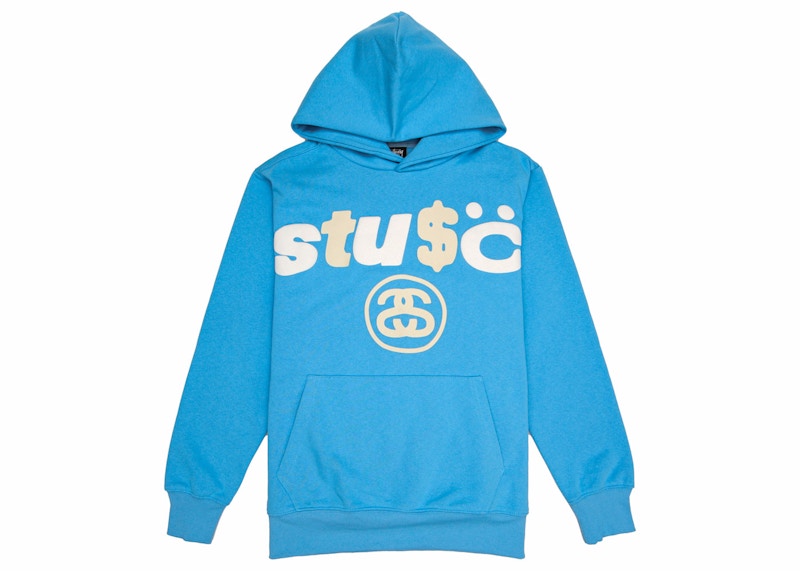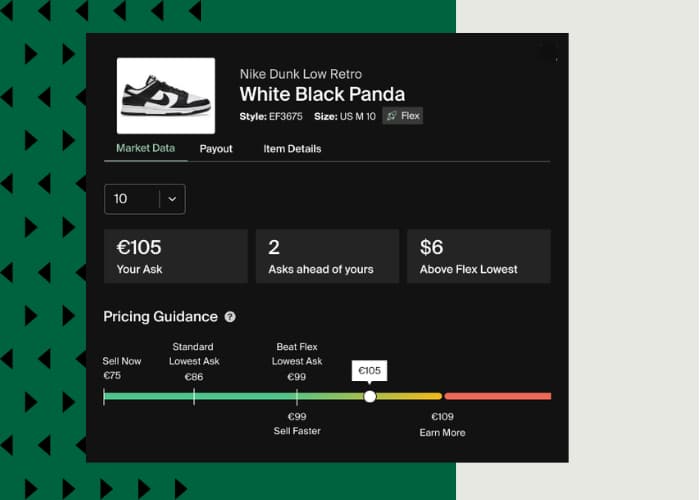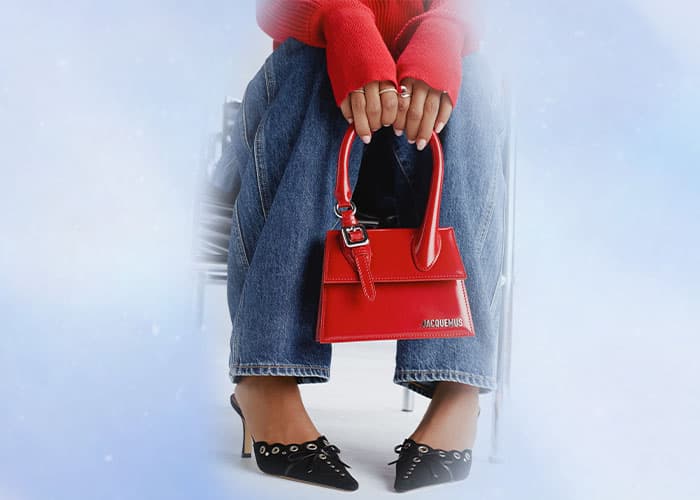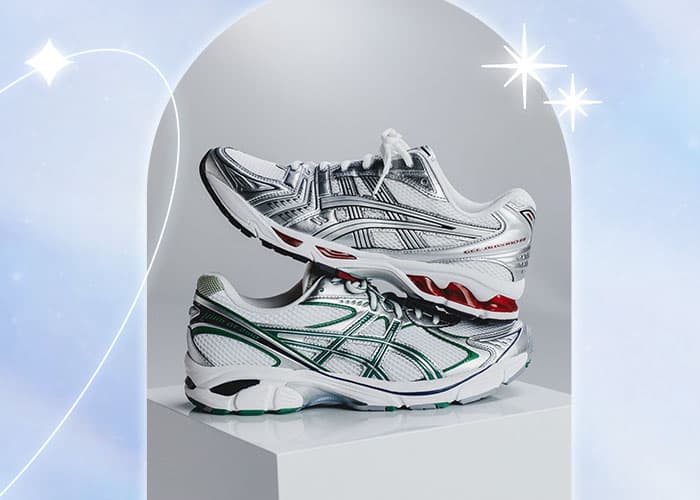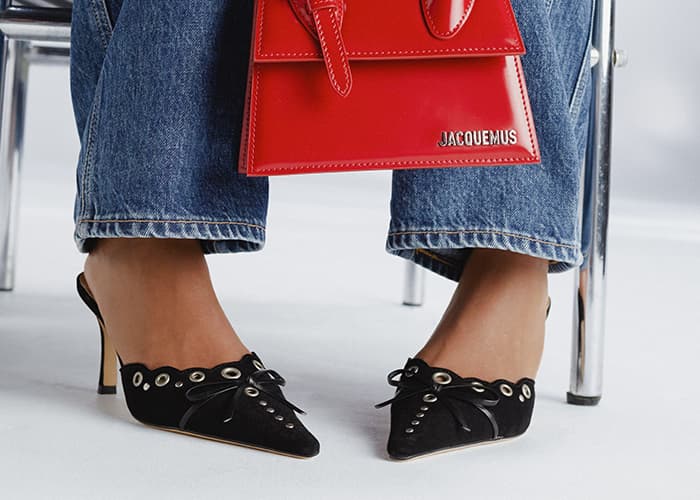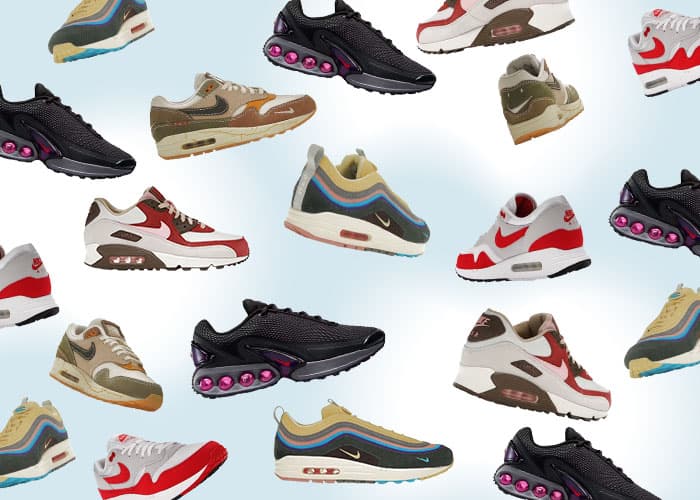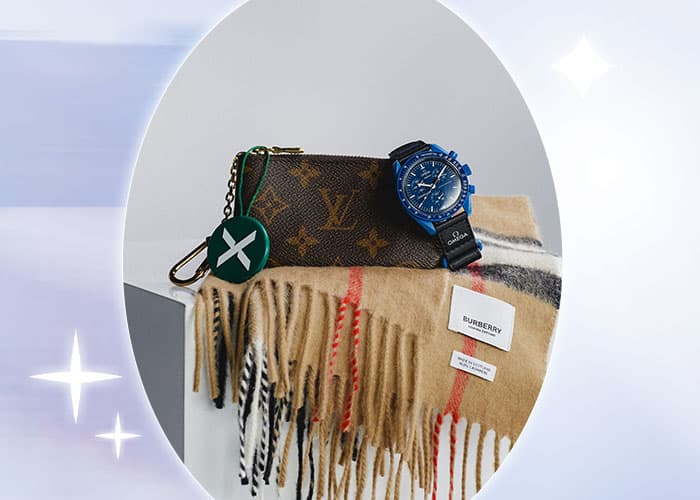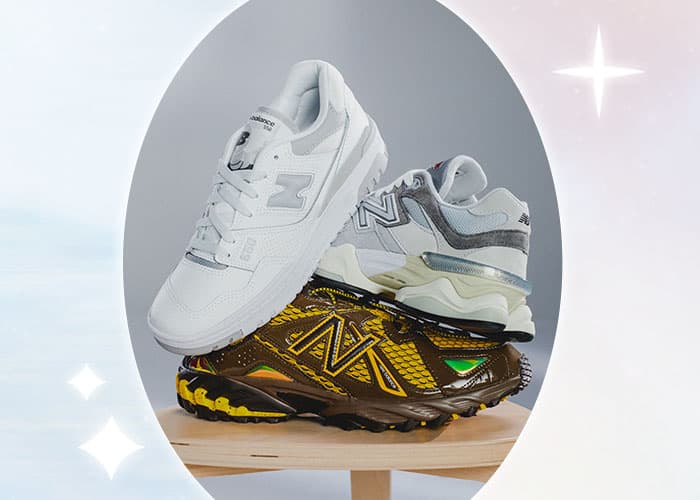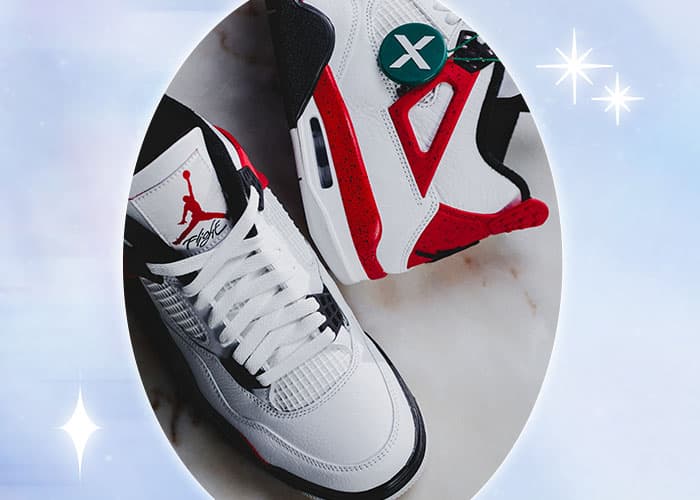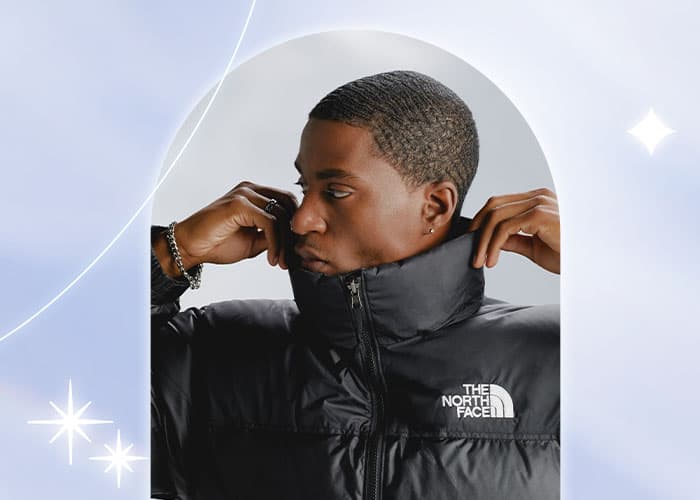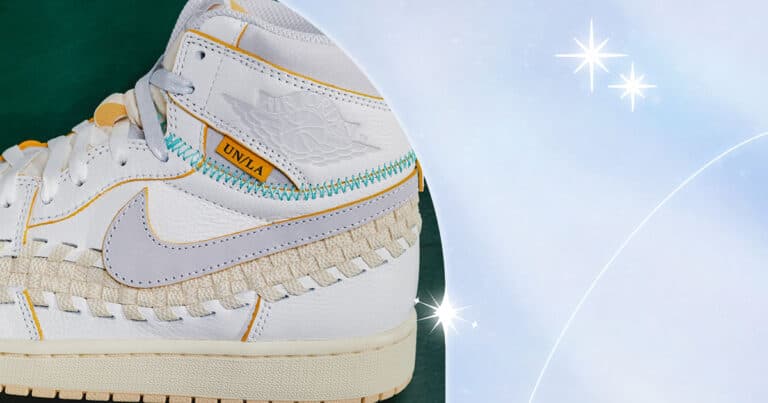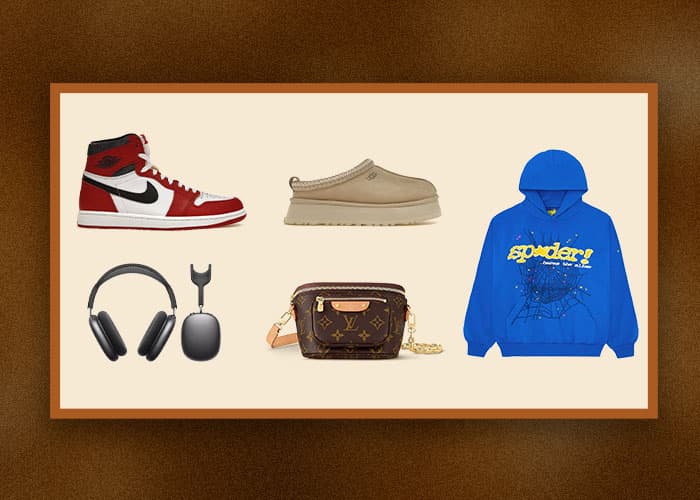Roughly thirty years ago, the term “streetwear” identified a small niche of enthusiasts in skateboarding, surfing and listening to rap. Today, streetwear is a trend that rules over the whole world, shares catwalks with luxury brands and tells the story of contemporary times through t-shirts, hoodies, and sneakers. The credit for all this tracks back to a single name: Shawn Stussy.
It all began at the dawn of the ‘80s in Laguna Beach, California, when Shawn started making surfboards. Shawn’s passion for the ocean had always pulled him that way, that is, to live immersed in that environment in total relaxation. However, his creative streak became tangible when Shawn scrawled his name “Stussy” for fun on one of the boards he made. The main inspiration for the young Shawn came from his uncle, Jan Stussy, a renowned American artist, teacher and film producer.
At Action Sports Retailer, a trade show dedicated to sporting goods manufacturers, Shawn found his El Dorado.
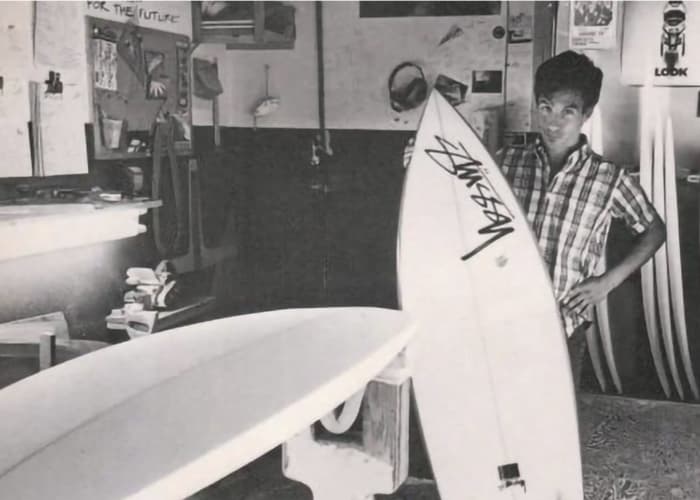
A young Shawn Stussy with one of his early branded surfboards.
“The way it happened, it was at trade shows in 1981, ‘82. In 1980 I was making surfboards and I used to scribble ‘Stussy’ on them,” Stussy told Empire Ave in a 2013 interview. “I didn’t know, I had never been to trade shows. So I said, ‘Let’s print a few Hanes black shirts.’ And I printed Stussy in white, just like Alva did, you know? I stayed there for three days and sold some 24 boards. But every single person came to me and said, ‘Yeah, I’ll take a board or two, but how much are the shirts?’ And I said, ‘I don’t know, those are not for sale.’ ‘No, no, I want to buy 24 of them.’ So I said, ‘OK, that’s 8 bucks.’”
Stussy’s success wasn’t premeditated or induced by some investor with pockets full of cash. It was just genuine passion that became a symbol for a generation and a whole era.
1984: Stüssy is officially born
The unexpected demand for t-shirts designed by the young Shawn got more and more impressive. With the help of Shaw’s friend Frank Sinatra Jr, who offered him $5,000 to become his partner, in 1984 the brand was officially born for selling apparel. At that time, the rise of rap music and the punk scene affected Stüssy’s DNA as an all-around cultural catalyst.
However, even before music, Shawn posed himself as anti-luxury. Indeed, one of the early successful designs was the “Stüssy N. 4 Pigment Dye Tee”, which reprised the Chanel logo, with intertwined S’s. By showing off this rebellious flair, the brand from California became the idol of every subculture, from rap and skateboarding to DJ-ing and graffitiing, in all of the world’s capitals.
“Punk broke creative and aesthetic barriers and taught us that anyone could have a band. Rap pushed social boundaries and explored the ideas of remixing and sampling. These new ideas and territories created a new modern platform for fashion and cultural expression,” so says the Stüssy website itself about their own history.
In 1987, Stüssy was selling as far as Japan, Europe and Australia, with sales revenues exceeding $17 million at the beginning of the ‘90s. A true global success that has always walked hand in hand with terms such as “marketing” or “market strategy.” In fact, truth be told, the idea of creating a brand was almost remote in Shawn Stussy’s head. His only real purpose in life was simple: listening to the sound of the ocean, surfing, raising a family in peace and enjoying a slow life.
Shawn Stussy talks to the BBC – IST – International Stüssy Tribe Old Skool.
Not a clothing brand but a community: the International Stüssy Tribe
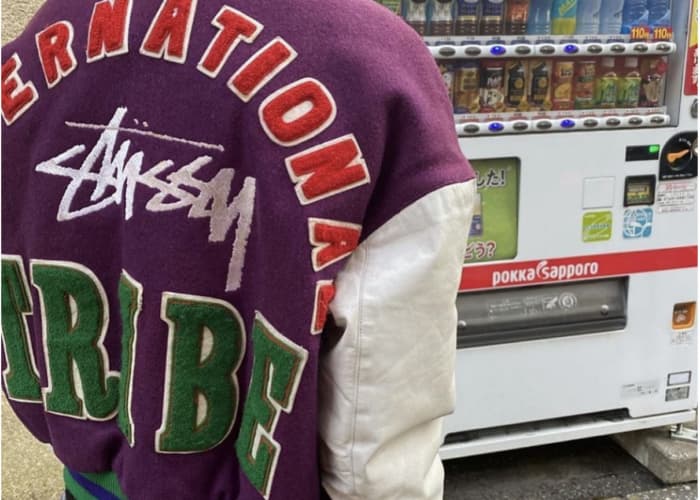
Above, the historic varsity jacket (first appeared in 1991 at the “Gold Party” in Tokyo) from the International Stüssy Tribe collection.
To Shawn, founding Stüssy meant above all creating a close circle of friends with no ulterior motives, a community that could celebrate the brand genuinely, out of pure friendship and passion. The International Stüssy Tribe was thus created, made up by half-unknows, at the time: Hiroshi Fujiwara, James Jebbia, Dante Ross, Luca Benini, Jules Gayton, Alex Turnbull, Goldie, Mick Jones, Barnzley Armitage, James Lebon, and many others.
In 1991, everyone flew to Tokyo for the inaugural International Stüssy Tribe party, and the choice of Japan was not fortuitus. Japan was the country that most had influenced Shawn for being at the forefront of new trends, as well as for its high quality of manufacture and its population very fond of discovering new thing.
Stüssy World Tribe, Tokyo Meeting ‘91.
To enhance everyone’s individuality, Shawn created embroidered varsity jackets with gaudy colors and leather sleeves. Even today, the jackets are periodically revived and sell out in no time. Every Stüssy advertising campaign featured every one of them as models and a slogan scribbled by the founder himself.
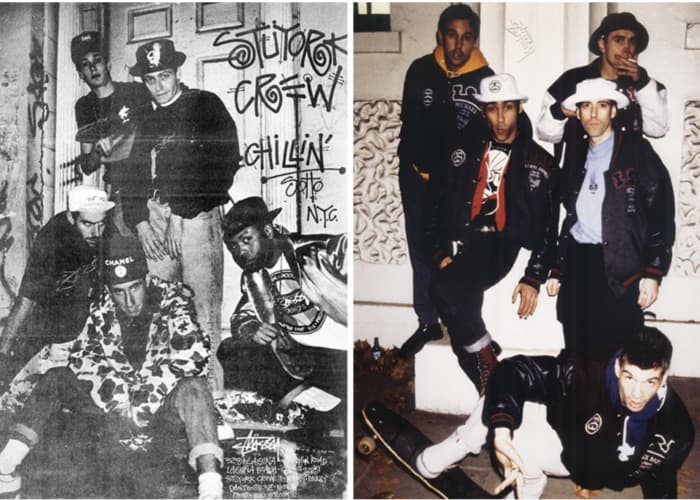
Left to right: The New York crew – Jules Gayton, Mittleman, Ross, Kevin Williams and Jeremy Henderson, 1987; the London crew – Kopelman, Armitage, Turnbull, Lebon and Jones, 1989.
The group’s energy was the real lifeblood of Stüssy – meaning the brand –, a feeling of familiarity and pure affection that turned Stüssy into a reference point for every youngster who could easily see themselves reflected in the brand. There was music, skateboarding, and being an anti-conformist, and the ownership was run by a young surfer from California.
“Stüssy has always been about real people and real culture experiences,” said Fraser Avey, Global Director for Stüssy, in an interview. “From the early days when Shawn created the IST through to today, the international community around the brand is a really special aspect that we would never want to lose.”
Yet it happened that Shawn was no longer satisfied with his job. His vision, connected much more to creativity than profit, as espoused by Sinatra, seemed to wane. So, in January 1996, Shawn Stussy resigned from the brand and left the management for good. As the brand was growing and reaching different regions of the world, so grew the amount of work, and that took time away from the most important thing: family.
Post-Stussy Stüssy
Since 1996, Shawn Stussy is (formally) no longer part of his brand, having left everything in the hands of his partner Sinatra. That same year, Stüssy scored its lowest point in terms of sales revenues, at $21 million vs. $35 million for the previous year. The team was thus reshuffled with Frank Sinatra Jr. at the helm: Nick Bower became head designer, while Paul Mittelman was appointed creative director in 1997. Since then, despite the conspicuous absence of its guiding light, Stüssy has continued to grow, both in relevance for the new course of modern streetwear and in revenues, reaching $50 million in 2015.
After more than 35 year, Shawn Stussy’s influence is still deeply felt, and it inevitably contributed to defining the “descent” of luxury in the streets together with street culture, but that’s not what Shawn aspired to at the beginning of his career, as he himself stated in an interview for Vogue in 2018.
“At the same time our small culture began to get bigger, and then some. Yes, and it turned to Supreme mode: James (Jebbia) has done a really good job with Supreme. And then, more recently, merging with the big conglomerate, the corporate model – bonafide luxury fashion assets. So the world that I had incubated turned into something else.”
Yet Shawn’s vision lives on in Stüssy’s production even today. For instance, his love for music, hip-hop or otherwise, is reflected in tributes to Bob Marley or Eric B. & Rakim and in the collaboration with the well-known MTV show “Yo, Raps!”. Meanwhile, Stüssy landed several successful partnerships with Dior, Comme des Garcons, Noma t.d., Nike, Our Legacy, and many more.
From the beaches of California, Stüssy has conquered the entire globe. And there’s no stopping now.

Jan Stussy’s signature, a source of inspiration for Shawn’s brand logo.
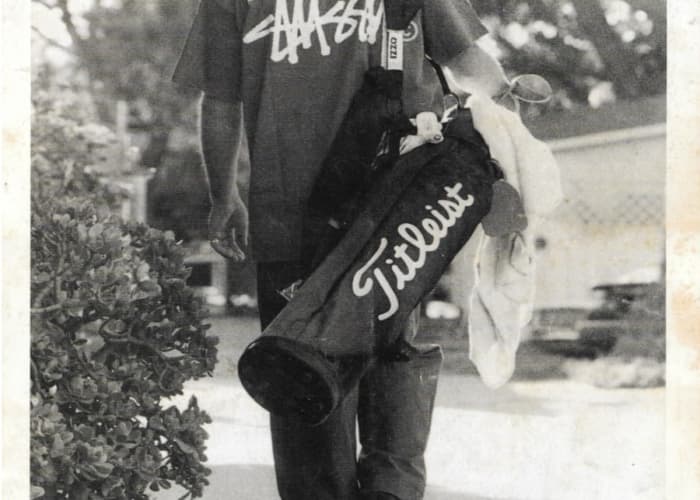
Vintage advertisement of the opening of a Stüssy store in Harajuku, Tokyo, 1997.





